How to drink espresso coffee espresso coffee What is espresso coffee Why is it so bitter
Espresso, as the universal base of many coffee drinks, is rarely sold separately on the menu. Friends who order espresso alone are divided into two groups: coffee gluttons who seek oral irritation and coffee stars who are purely curious. The former is usually bored, while the latter usually shivers at the first sip.
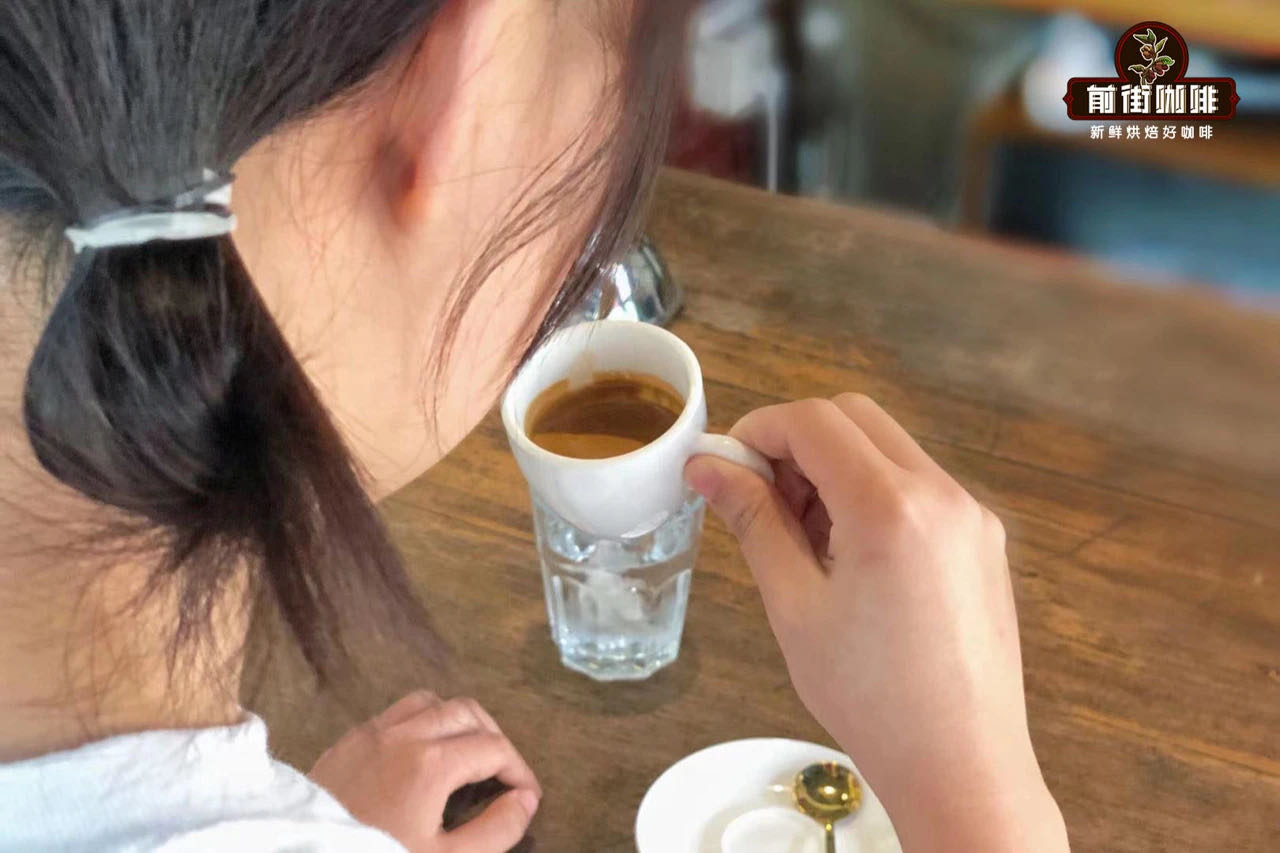
After drinking, many friends are embarrassed to ask the barista "how to drink espresso" or "what is so strong in espresso", and then silently pull out his mobile phone and turn on the search engine. (at this time, the inner answer of a partner: espresso is of course drunk with your mouth! (to get to the point, Qianjie, let's talk about how to taste espresso.
The emergence and change of espresso
Espresso (Espresso) first appeared in Italy in the early 19th century, when people liked to use work breaks to pick up a cup of coffee that could be quickly made in a short time and with high caffeine content, so coffee shops at that time would choose coffee beans with high caffeine content to make espresso.
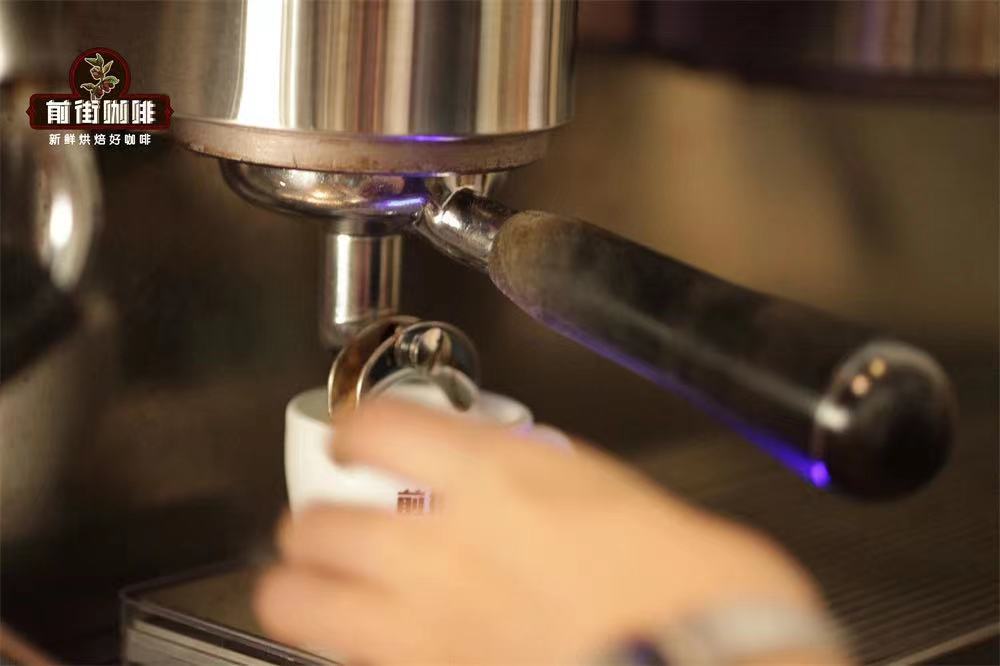
The higher the caffeine of the coffee, the less the flavor of the coffee, coupled with the unstable roasting and extraction techniques, so the coffee liquid extracted at that time was often scorched, bitter and strong. With the gradual refinement of coffee, the quality of coffee beans and coffee has been greatly improved in recent years. Now people drink espresso in addition to caffeine, but also have more requirements for the taste of coffee, those strong and bitter espresso has been "out of date."
What do you drink in modern espresso?
Clean & balanced-taste-aftertaste
Espresso is not like hand-brewed coffee, which can distinguish different flavors at different stages of high temperature, medium temperature and low temperature. after all, a serving of espresso is only ten or twenty grams, and it will be finished before it is finished at low temperature. secondly, extracted espresso is a high concentration coffee extracted quickly under high temperature and 9bar pressure with very fine ground coffee powder, which has a strong taste and stimulates oral taste buds. So people who drink espresso pay more attention to the aroma and taste of this cup of coffee.
Cleanliness and balance are the fatal wounds of a cup of coffee! Cleanliness means that this cup of coffee has no unpleasant taste, such as miscellaneous flavor, astringency and so on. The degree of balance means that the flavors of the whole cup of coffee can coordinate with each other / be in a harmonious state, giving people a sense of unabrupt, comfortable and pleasant.
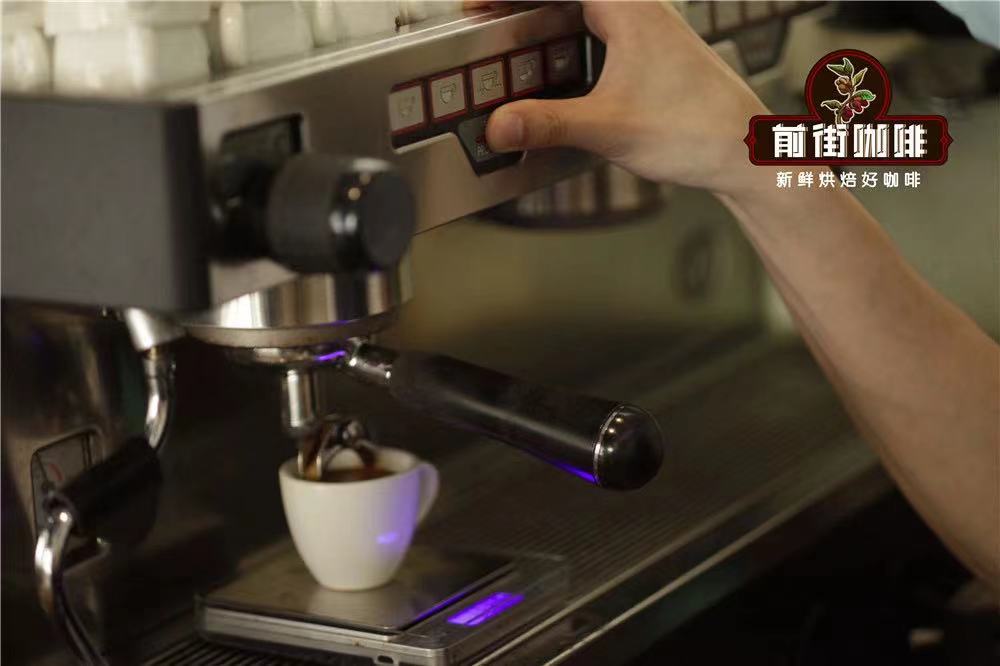
Where does the taste come from? The grease layer on espresso. Espresso is extracted under high pressure, and the carbon dioxide in the coffee powder is supersaturated due to too much pressure. due to the inability to release it, carbon dioxide gu I is integrated into the coffee liquid. When the coffee is extracted, the atmospheric pressure returns to normal, and the carbon dioxide left in the coffee liquid encounters the oil in the coffee liquid when it is ready to return to the air, so it is wrapped in the oil and flows into the cup and then gradually returns to the air.
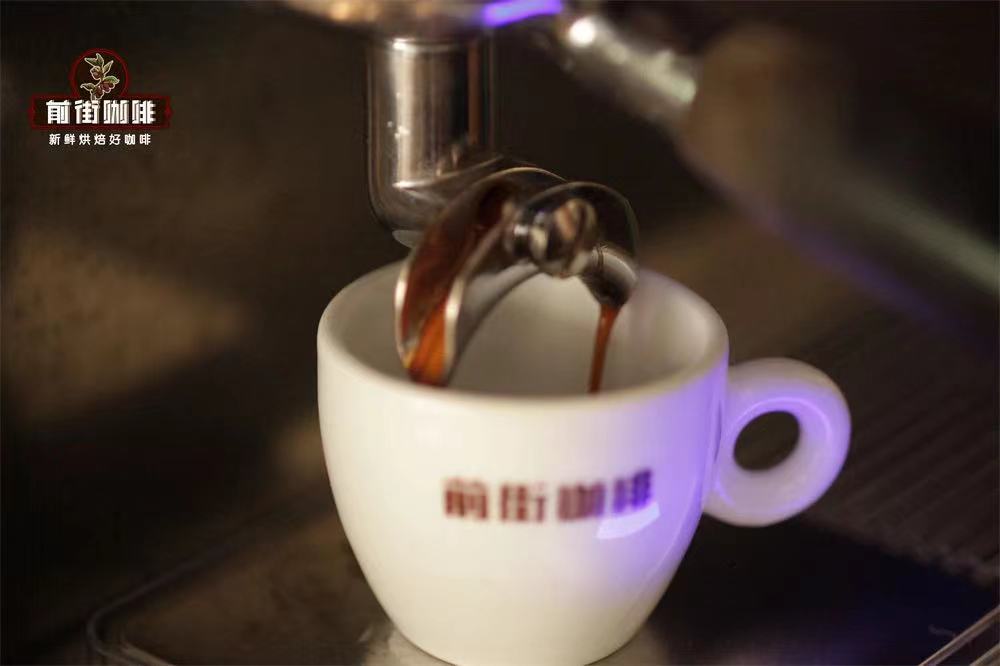
What is Yu Yun? Many people will mistakenly think that the flavor of coffee is tasted by the taste buds, but in fact the taste buds can only distinguish between sweet and sour, bitter and salty. Through the combination of the aroma of smell and the taste of taste buds, we can associate with specific food, flowers and so on.
How would you like your espresso?
Don't be bored again!
Qianjie just said that although espresso is strong in taste, it will not hinder the overall cleanliness, balance, aroma and finish of the coffee. So, how can you better feel the charm of espresso?
1. Before tasting espresso, we clean our mouth with clean water / ice water to remove the residual taste from the mouth.
2. Under normal circumstances, espresso will be equipped with spoons. Of course, you can also feel different tastes and layers without stirring.

3. Then divide the espresso into three to four sips, rub the upper jaw with the tongue to feel the touch of the espresso, use both sides of the tongue to feel the acidity of the espresso, combined with a variety of taste senses to evaluate the overall state of the espresso.
4. The coffee is swallowed and breathed back to feel the aroma and aftertaste of espresso. Finally, take a sip of water and feel the coffee on the taste buds.
Important Notice :
前街咖啡 FrontStreet Coffee has moved to new addredd:
FrontStreet Coffee Address: 315,Donghua East Road,GuangZhou
Tel:020 38364473
- Prev

Unique musk grape flavor Gao Xiang Darjeeling black tea which brand of breakfast black tea is better in each season
Darjeeling Tea is unique; that makes his tea special. Darjeeling has nearly 90 estates growing tea on 70 square miles of land, 1/4 of the size of New York City and 1/10 of that of Tokyo. The terrain here is steep slopes, and soil erosion and landslides are a threat, mainly due to decades of overproduction and neglect, almost destroying the whole of Darjeeling.
- Next
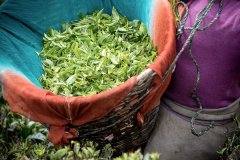
Darjeeling black tea-typical flower and fruit fragrance Darjeeling spring tea tastes good? The difference between taste and summer tea
When I was drinking tea in the teahouse, I was tasting the whole universe, and the moment I raised the cup to my lips was eternity beyond time and space. When it comes to tea, do you think this is a bit of an exaggeration? Maybe. But then again, only tea can make people feel so deeply. This is the characteristic of this humble drink. It takes you into a world of contemplation. it
Related
- Beginners will see the "Coffee pull flower" guide!
- What is the difference between ice blog purified milk and ordinary milk coffee?
- Why is the Philippines the largest producer of crops in Liberia?
- For coffee extraction, should the fine powder be retained?
- How does extracted espresso fill pressed powder? How much strength does it take to press the powder?
- How to make jasmine cold extract coffee? Is the jasmine + latte good?
- Will this little toy really make the coffee taste better? How does Lily Drip affect coffee extraction?
- Will the action of slapping the filter cup also affect coffee extraction?
- What's the difference between powder-to-water ratio and powder-to-liquid ratio?
- What is the Ethiopian local species? What does it have to do with Heirloom native species?

